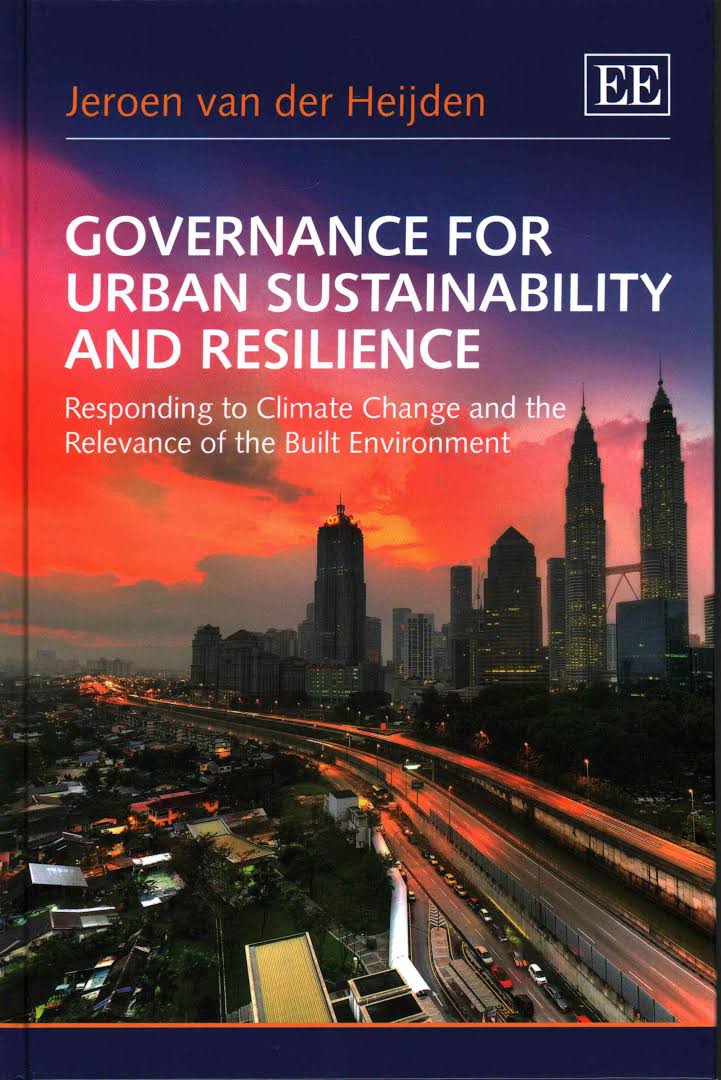Governance for Urban Sustainability and Resilience
Reviewed by Jungwoo Chun, Massachusetts Institute of Technology
Could it be that governance is more important than reliance on either greener technology or reductions in the scale of resource utilization in achieving urban sustainability and enhanced resilience?
by Jeroen van der Heijden, Governance for Urban Sustainability and Resilience, Edward Elgar Publishing, 2014, 229 pp.
There is no doubt that cities could do less harm to the natural environment and use resources more efficiently. Employing “greener” technologies or simply using fewer resources are often cited as solutions––albeit partial––to the environmental challenges that cities face and, in some cases, cause. Van der Heijden suggests that getting governance right may be more important than introducing new technology or using fewer resources. Drawing from about 500 interviews and examining close to 70 real-life governance tools from around the world, this book offers a unique insight into how various governance tools can help cities achieve sustainability and resilience in the face of natural disasters.
Chapter 1 gives a sense of what urban sustainability and resilience mean to practitioners and academics, and explains how governance relates to each concept. Chapter 2 examines the most common approach to governance—direct regulatory intervention––and the tools it relies on, such as statutory regulation, direct subsidies and the application of economic instruments. Chapter 3 explores collaborative efforts by government, businesses and civil society to work together using tools such as networks, negotiated agreements and covenants. Chapter 4 focuses on voluntary programs and market-driven governance tools such as green leasing, private regulation and innovative financing. Chapter 5 discusses five governance trends and their contribution to achieving urban sustainability and resilience. It analyzes real-life examples, especially the prominent role that governments play in promoting the most innovative forms of governance. Chapter 6 concludes with suggestions regarding the choice of governance strategies for sustainability and resilience, building on the ideas explored in Chapters 2–5.
While not suggesting a one-size-fits-all approach to enhancing sustainability and resilience, Governance for Urban Sustainability and Resilience clearly shows that there are windows of opportunities for every city government to shift to more innovative governance tools. This book is particularly useful for those seeking a broad understanding of existing governance tools associated with efforts to enhance urban sustainability and resilience.





